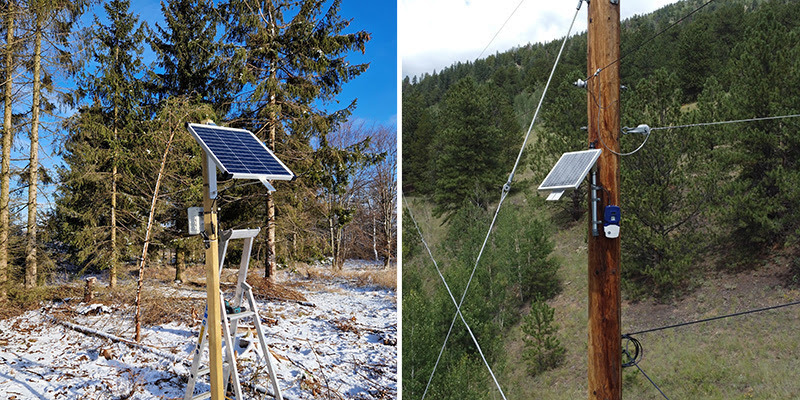Release Date: February 9, 2023
Resilience is a broad topic that essentially means being able to weather a storm. Whether that storm is manmade, like a cyberattack on digital infrastructure, or a literal storm, like a hurricane, our ability to quickly recover with minimal disruption is a test of our resilience. It’s the stuff emergency response is made of and it’s a multifaceted endeavor. And it all starts with monitoring. You can plan endlessly for worst-case scenarios, but if you don’t know when an emergency is happening, then you don’t know when it’s time to enact those plans. Rapid confirmation of an impending crisis is often critical when it comes to preserving life and property. Monitoring allows all the moving pieces of an emergency response to launch into action and for decision makers to have as much time as possible to assess and mitigate the threat. This is certainly true when it comes to wildfires.
It should come as no surprise that the Science and Technology Directorate (S&T)—an agency dedicated to developing the capabilities needed to strengthen our national security and save lives—takes wildfire monitoring and resilience quite seriously. S&T has conducted extensive research, development, testing, and evaluation in this area, funding wildfire sensor technology in California just last year, and now its sights are set on Oregon. This coming wildfire season, two types of sensing technologies will be deployed across Oregon’s Willamette Valley.
The devices, developed by Breeze Technologies UG of Hamburg, Germany, and N5 Sensors, Inc. of Rockville, Maryland, were installed in late January and early February. Both companies were participants in S&T’s Smart City Internet of Things Innovation (SCITI) Labs program, undergoing rigorous evaluation to progress to this point.

